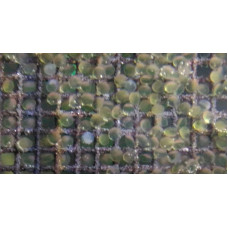Incubation of eggs is the process of development of fertilized eggs in a pond or in incubation devices before hatching of juveniles. The incubation of caviar occurs both at low water temperatures - up to 2 ° C (for chira) - 4 ° C (for grouse, peled, whitefish), and high - up to 20 ° C (for tench, bream, etc.).
Keeping of fertilized fish eggs in a pond or in fish-breeding (incubation) apparatuses until the young are hatched. The possibility of artificial insemination of caviar was discovered by S. Jacobi (1758, Germany), the author of the so-called "wet" method of artificial insemination of caviar.
The non—factory method incubates the sticky caviar of spring-spawning fish (sturgeon, carp, etc.), in some cases - the caviar of autumn-spawning fish (salmon) on the substrate (brooms of juniper, spruce, washed rhizomes of willow, reed, baskets with branches, etc.) or in fish-breeding apparatus installed in the reservoir. The substrate with evenly distributed caviar stuck to it is attached to the bottom of the reservoir and left until the embryos are hatched. The duration of incubation of eggs of spring—spawning fish is several days, autumn—spawning - several months. Hatched embryos, depending on the purposes of further use, are grown to certain sizes in special pools or ponds.
The eggs of salmon, sturgeon, carp and some other fish are incubated by the factory method. Fish hatcheries are equipped with workshops of incubation apparatuses mainly of two types: 1) for incubation of caviar (salmon, trout, sturgeon) in a stationary state (Schuster, Costa, Williamson, Orava, tray, etc.); 2) for incubation of small caviar (whitefish, de-glued pike caviar, carp) in a suspended state in the water flow coming from below (Weiss, Chez and etc.).
Incubation of eggs
Tags: incubation of eggs

